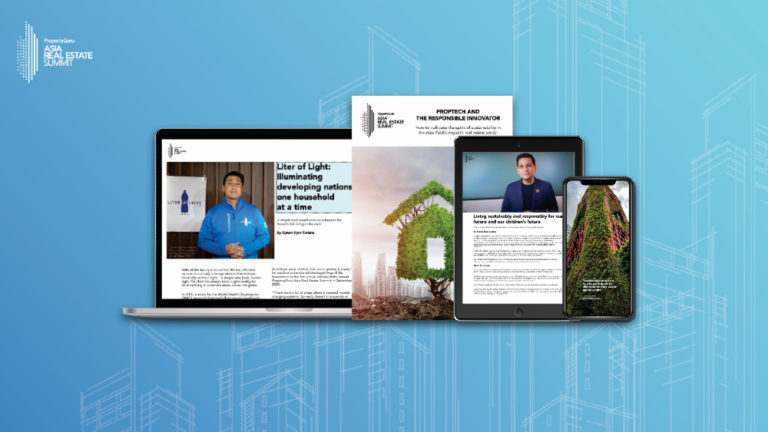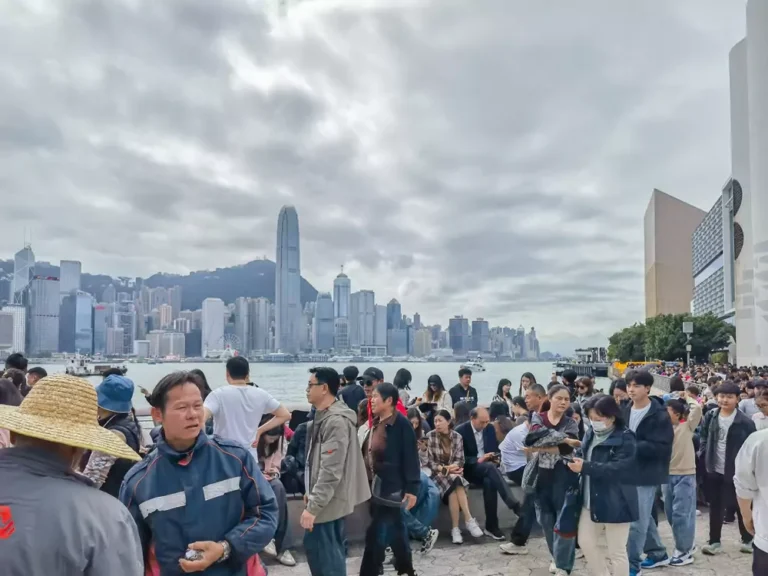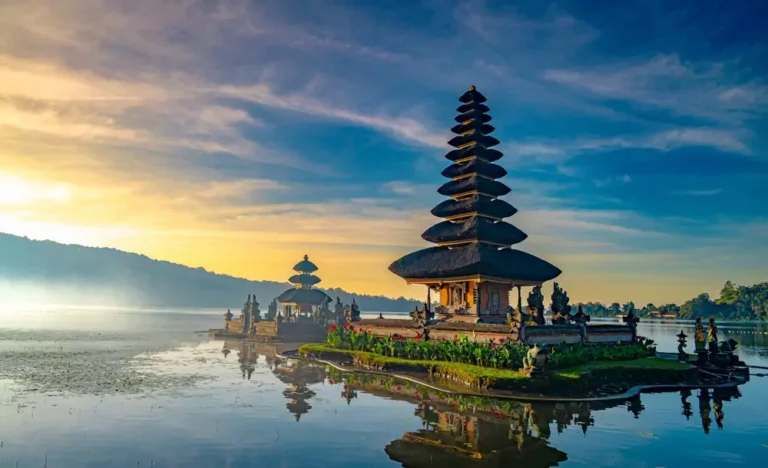Exploring the impact of shifting demands on the future of Philippine real estate markets
In the Philippines, the real estate sector is being driven by developers and investors who are adapting to challenges while seizing various opportunities

In Metro Manila, skyscrapers with unlit windows are silent witnesses to unsold inventory. Meanwhile, just a few hundred miles south, Cebu’s coastline bursts with energy, where vibrant beachfront developments reflect the optimism of a booming tourism industry and a growing middle class.
These contrasting scenes encapsulate the complexities of the Philippine residential property market in 2025—a sector grappling with challenges while brimming with opportunities for reinvention.
The Philippines remains one of Southeast Asia’s most dynamic property markets. The fundamentals—strong GDP growth, an emerging middle class, and aggressive infrastructure development—are impossible to overlook for long-term players
The market is defined by resilience. Developers and investors are adapting to global economic pressures and domestic challenges—elevated mortgage rates, affordability gaps, and a glut of unsold units—but they are reshaping the sector by tapping into infrastructure advancements, regional growth, and shifting consumer demands.
Key projects such as the Metro Manila Subway and North-South Commuter Railway are alleviating urban congestion while also creating new hubs for development, paving the way for the next phase of growth. The Metro Manila Subway, once finished, is expected to slash travel times, reducing the commute between Valenzuela and NAIA from 1 hour and 30 minutes to just 35 minutes.
Such improvements have already sparked interest in transit-oriented developments, with developers planning mixed-use projects around key stations to capitalise on the anticipated demand.
“The Philippines remains one of Southeast Asia’s most dynamic property markets,” says Philip Mareschal, head of property asset management at JLL Philippines. “While challenges like oversupply exist, the fundamentals— strong GDP growth, an emerging middle class, and aggressive infrastructure development—are impossible to overlook for long-term players.”
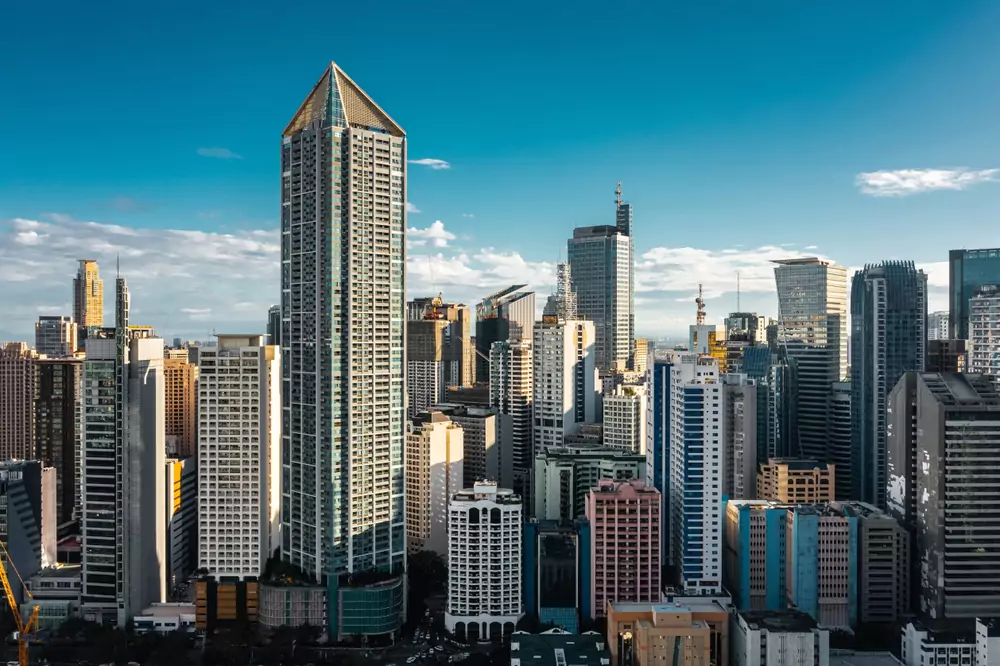
The broader economic outlook bolsters this optimism, setting the Philippine market apart as one of the region’s most dynamic. While Thailand and Vietnam focus on luxury hospitality, the Philippines is carving its niche by blending residential innovation with infrastructure-driven growth.
The Asian Development Bank projects the Philippines’ GDP to grow by 6.2 percent in 2025, driven by robust domestic consumption and overseas Filipino worker (OFW) remittances. The government’s “Build Better More” program adds further momentum, creating growth corridors that allow developers to address evolving consumer needs.
However, Metro Manila, traditionally the engine of the Philippine property market, finds itself at a crossroads. By Q3 2024, unsold condominium units in the capital had reached 75,300, a figure Colliers Philippines estimates will take 5.8 years to absorb at current take-up rates. Vacancy rates in the secondary residential market have risen to 17.4 percent, driven in part by the exodus of workers from Philippine Offshore Gaming Operators (POGOs), which once fuelled demand.
“Elevated mortgage rates and the POGO exodus have hit Metro Manila hard,” says Joey Bondoc, director of Research at Colliers Philippines. “But luxury and transit linked developments are carving out success stories.”

Despite broader market challenges, luxury developments are thriving. Developers like Rockwell and Alveo are reporting strong sales in premium properties, driven by high-net-worth individuals and expatriates seeking prime urban locations with lifestyle amenities. Alveo Land, for example, achieved PHP12.7 billion (USD223.45 million) in gross take-up during Q1 2024, marking a record high for the developer.
Metro Manila’s oversupply may cast a shadow, but beyond the capital’s borders, regions like Cebu and Iloilo are emerging as bright spots, driving growth and showcasing the potential of regional markets.
In Cebu, its strategic location, thriving ITBPM sector, and strong demand for midmarket housing have made it a magnet for developers. The expansion of MactanCebu International Airport and enhanced seaports amplify its appeal to both local and international investors.
“Cebu’s strategic position as a central hub in the Visayas, combined with its booming economy and accessibility, positions it as one of the Philippines’ most promising real estate markets,” says Bondoc.
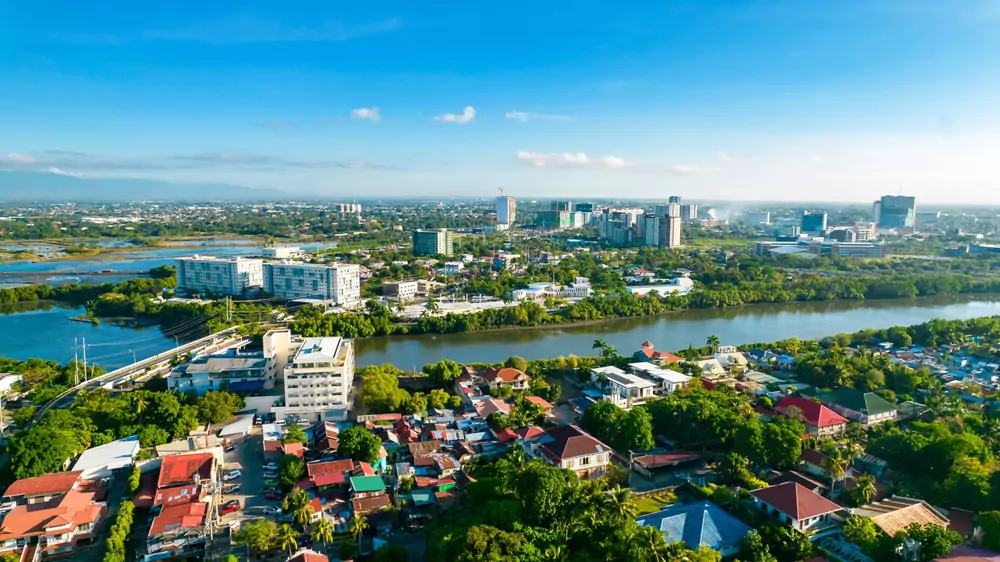
Emerging markets such as Iloilo, Palawan, and Bohol are also gaining traction. These markets are benefiting from improved infrastructure and rising economic activity. In Iloilo, the Jalaur River Multipurpose Project enhances water management and creates opportunities for mid-market housing.
Palawan’s eco-tourism boom, meanwhile, is driving demand for sustainable, high luxury developments appealing to affluent buyers. Bohol, with its pristine beaches and growing tourism sector, offers similar prospects for lifestyle-focused projects.
“Developers should look at Ilocos, Palawan, and Bohol,” Bondoc suggests. “These are thriving property investment sites outside the established prime spots.”
Affordability continues to be a challenge, especially in Metro Manila, where mid-market units make up 57 percent of unsold inventory as of Q3 2024. To address this, developers are experimenting with smaller units, modular construction, and flexible financing options such as rent-to-own schemes and extended payment terms.
Buyers, particularly young professionals and families, now prioritise features like wellness amenities, green spaces, and integrated communities over sheer size. Developers are responding by designing properties that cater to this lifestyle shift—combining smart technologies, rooftop gardens, and co-living spaces to create the homes of the future.
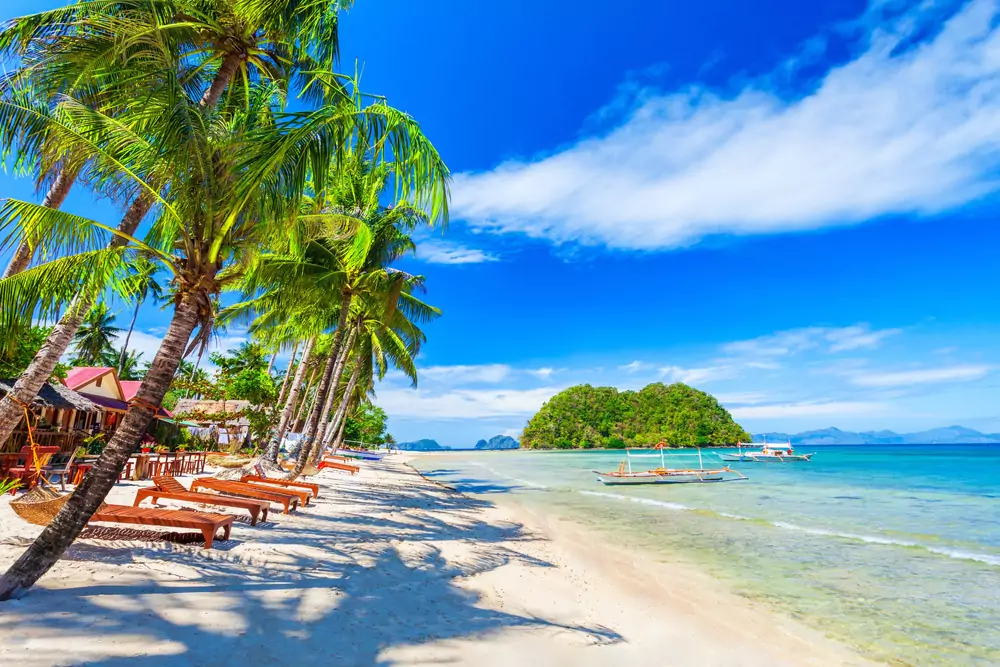
Looking ahead, the Philippine residential property market is projected to grow steadily, with its total value expected to reach USD5.82 trillion by 2025. This growth will be driven by emerging trends such as leisure-oriented developments, co-living spaces, and integrated lifestyle communities. These developments combine modern convenience, sustainability, and a renewed focus on wellness—appealing to younger, eco-conscious buyers who are prioritising quality of life just as much as location.
“We’re seeing an increasing demand for resort-style developments, including golf communities,” says Bondoc. “Developers are responding by integrating wellness-focused amenities, such as fitness centres and green spaces, along with smart home features that cater to today’s tech-savvy and health-conscious consumers.”
As the market continues to evolve, Bondoc emphasises the crucial role of infrastructure projects in shaping its future. “While the next five years hold promise, success depends on navigating potential bottlenecks—from infrastructure delays to lingering affordability challenges,” he says.
“But with strategic investments and innovation, the market is poised to evolve into a more resilient and future-ready landscape.”
The Philippine property market is at a pivotal juncture. With infrastructure development accelerating and consumer preferences shifting, it remains one of Southeast Asia’s most compelling investment opportunities—particularly for those with a long-term vision.
The original version of this article appeared in PropertyGuru Property Report Magazine Issue No. 188 on issuu and Magzter. Write to our editors at [email protected].
Recommended
Exploring the impact of shifting demands on the future of Philippine real estate markets
Developers and investors are adapting to pressures while tapping into numerous advantages to drive the nation’s real estate sector
ARES White Paper Volume 3: The era of adaptive reinvention
Pioneering sustainable and innovative practices in urban development
ARES White Paper Volume 2: Unravelling the power of data revolution in real estate
Insights on proptech, smart cities, and sustainable development
ARES Digital White Paper Volume 1: The fundamentals of responsible building
Green and climate heroes join forces to discuss how Asia Pacific can weather the current environmental crises and the looming effects of climate change



